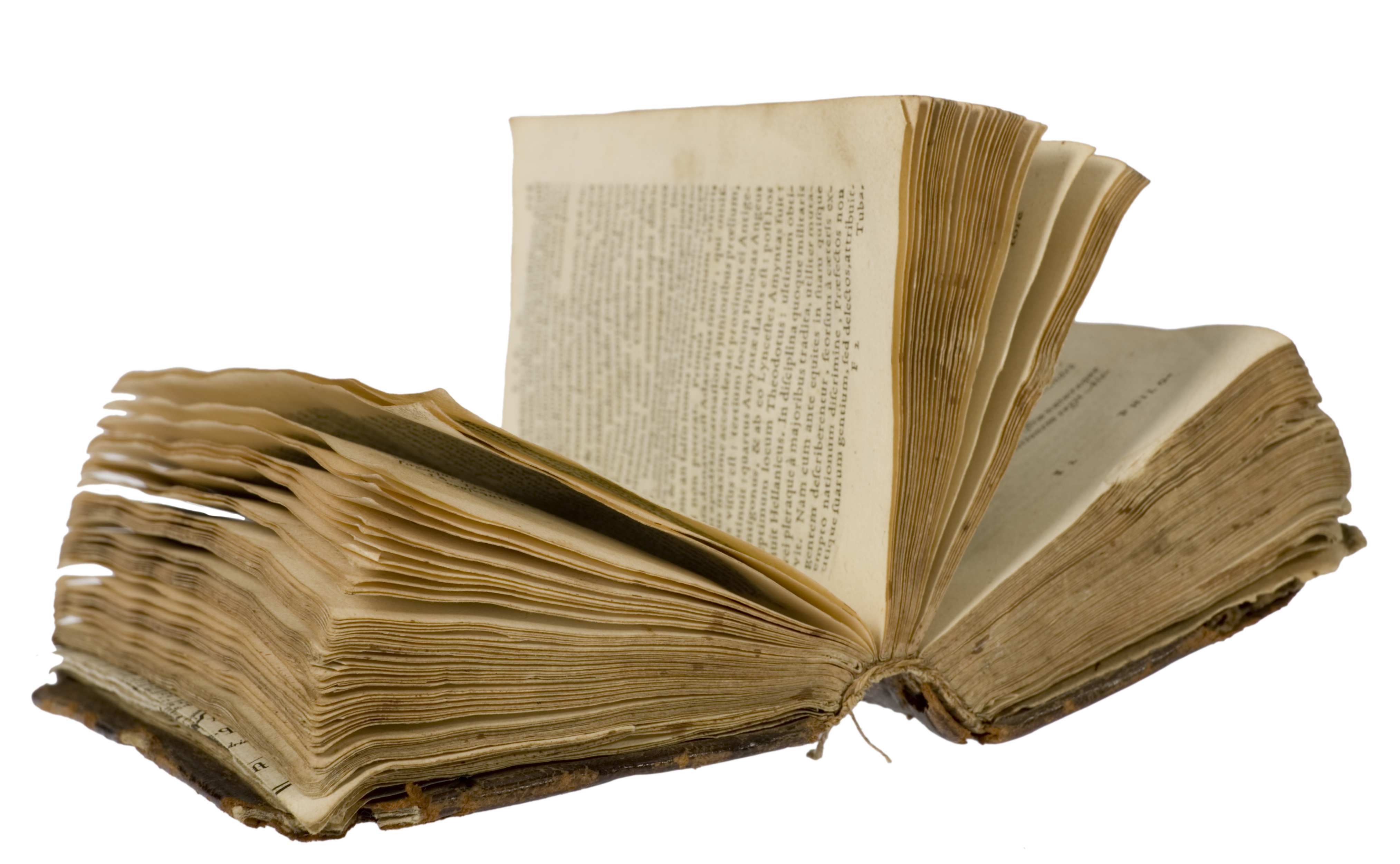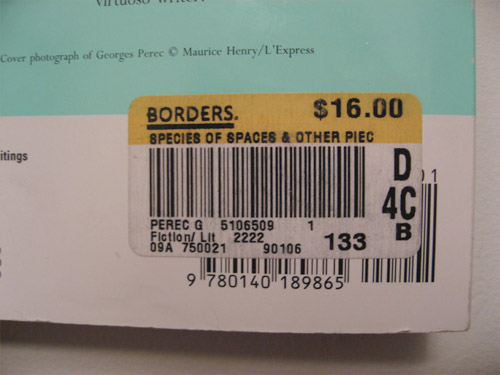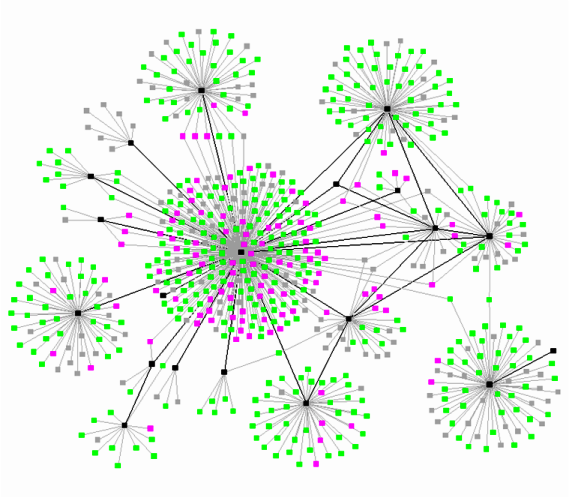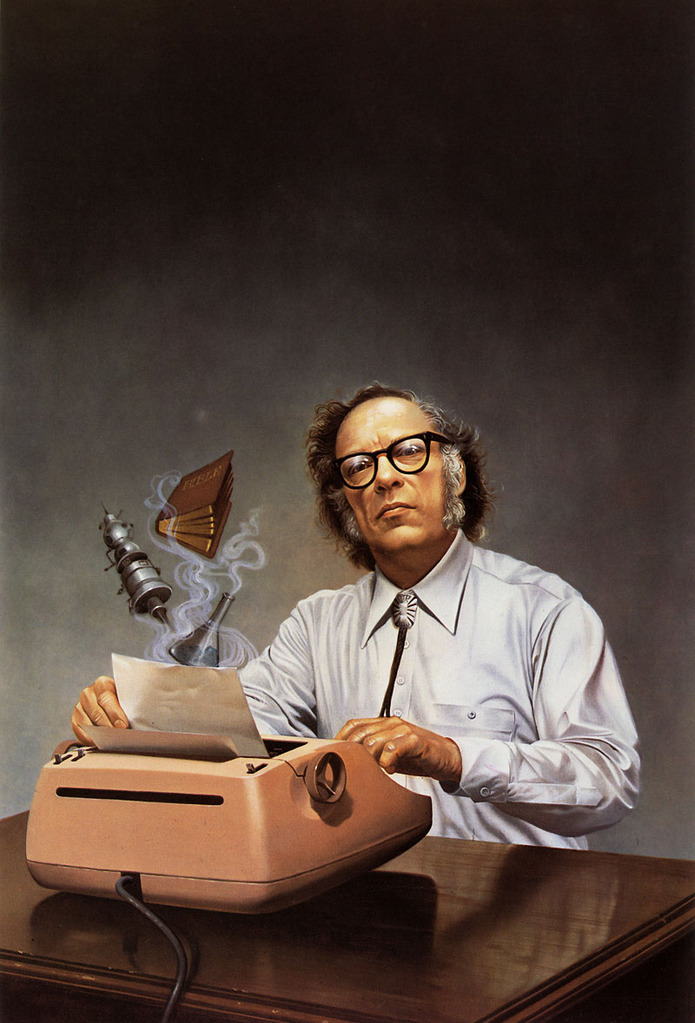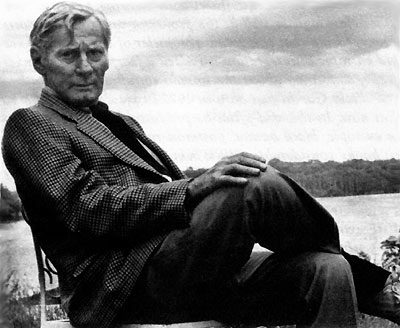Tangible media is an object whose form is defined by its interaction, for example a sequentially printed artifact: a book, a newspaper, a magazine,a comic, or a periodical have pages as a similar experience, thus to engage in the information one must have learned how to turn pages and engage in reading. This interaction is seen as being intuitive but on the contrary it has been built into the entire system of education and language. Text-based computational media delivery devices like the Kindle, the Nook or the iPhone / iPad are also tangible. To touch a screen ie a pixel is tangible, the interface can be touched. However, the experience of turning physical pages compared to clicking technological interface buttons allows print material to be 'Tangible Media' and technologies like the Kindle to be something different. Because we have engaged with books since childhood, tangible becomes a catch-all for the experience with physical artifacts. However, when tangible is used for the iPhone, Kindle or technologies, it is used as a description of the interaction with the interface. There is a compromise in the description of an experience when 'tangible media' is traded for 'tangible pixel,' the experience of the book can only be mimicked or hinted at through animation and fakery with in the screen, highlighting a media type not sure how to accept it's 'pixel' nature and refusing to see it self as something fundamentally different from a piece of paper.
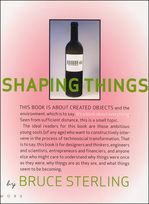
The Spime : A theoretical object that can be tracked precisely in space and time over the lifetime of the object. 'In fact, books are already well on their way to becoming 'Spimes,' thanks mostly to Amazon.com. A book listed on that site is much more than the words between its covers. It looks, feels, and behaves like an ordinary book, yet in short order, you can find out its cost, publisher, and printer; whether other editions have been published and what they look like; what other books the author has written; what readers think of the book and what other books those readers have bought; what other publications quote the book; and so on. And, beyond Amazon.com, you can learn about the composition of the paper, how long it will last before yellowing, and what kinds of products it can become when the book is recycled. Some of this information might be contained in the pages, and some might be conjured on the Web via, say, an RFID tag - but in practice, it won't make much difference. The upshot is that the object's nature is transparent: an open book. In this way, information technology is laying bare the reality that underlies all manufactured objects. In a world of 'Spimes', even the simplest objects - furniture, cutlery, power tools - will be little more than material billboards for a vast, interactive, postindustrial support system. If ordinary folks can cope with these loathsome drawbacks, then 'Spimes' will be a massive improvement over the present closed, blind regime. Manufactured items will be more practical, efficient, and user- and environment-friendly. Modern products are advanced, but nowhere near advanced enough to sustain civilized life in the long run. This is the path forward.' _ Bruce Sterling Physical objects have digital histories due to computational barcodeing/RFid systems that monitor sales, distribution, and waste. Barcode / RFid technology and the pervasive use of networked computers have linked each item to a specific string of numbers or potential IPv6 address.

The 'metadata' histories developed through barcoding are useful for producers to make their systems more efficient. The purchase of objects are already being recorded into digital histories and profiles of users. Amazon.com, for example, tracks and monitors all the purchases, and searches that occur under a users profile. The record allows Amazon to recommend particular books and connect related titles associated through the recorded preference of a user. If a consumer could have a unique impact on these 'meta histories' beyond purchasing power, then an object's digital record could be individualized by each user. Distinguishing each 'Spime' from its potential thousands of replicas, just as leaving notes in a book individualizes a physical object. The augmentation of notes in a linked physical book could also impact the digital counterpart. When the separation between the physical and the digital is eliminated, the ability to annotate the paper book would impact the 'meta history' of that object and the subsequent connection to all the other copies creating a 'Consumer Spime.'
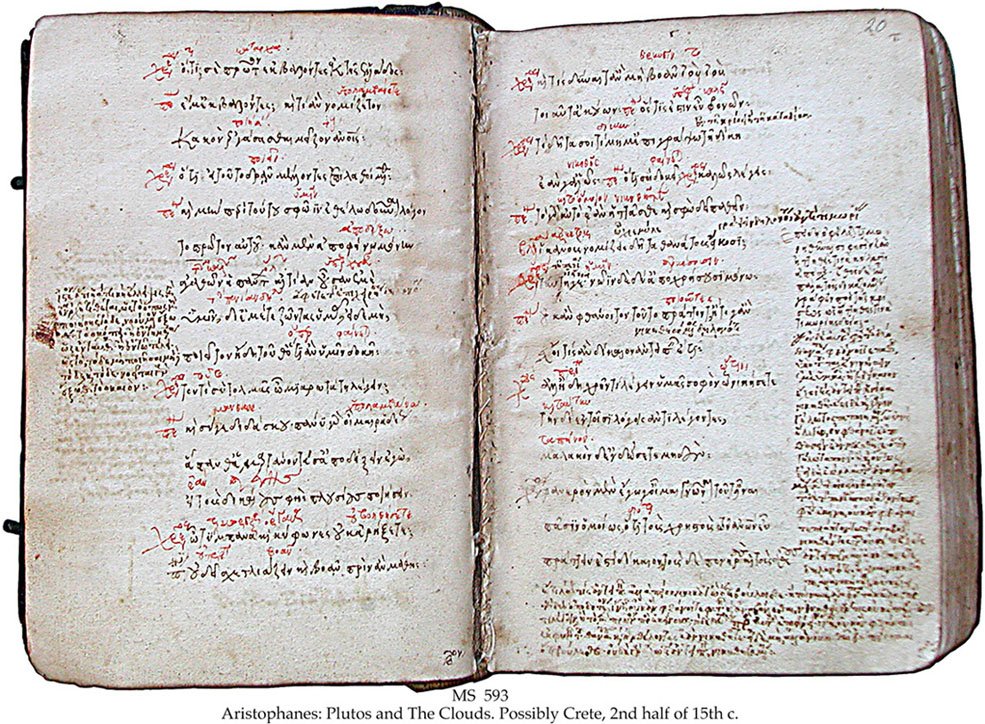
Glossing refers to writing a brief summation about a passage in the margins, as a kind of shorthand or guide to the content or purpose of that passage. Most of us use glossing as we read, to help us understand a challenging text or to guide us back to relevant passages as we marshall our research for papers. Glossing is a useful technique to help writers understand what they have written, the relationships between their ideas, how to reorganize those ideas, which ideas need substantiation, and even how to rephrase some ideas.
Strategies for using glossing with the Hybrid Textbook:
"What did you say here? Can you put a label on this paragraph?" When writers are asked to gloss a passage, they often either name their ideas, or they identify the rhetorical function of the paragraph ("Here I'm just giving information," or "Here I'm contrasting this idea to the previous one.") Tutors can ask students to write glosses on their glosses, which may lead to whole new passages and sentences that either connect ideas well or restate them in clearer words.
"How many ideas are in this passage?" This question asks writers to identify all the ideas in a section and gloss them, perhaps list them in order. This allows the student and tutor to group related ideas, reorganize the section, and probably elaborate on some of the points in newly-developed paragraphs. Listing and mapping may be useful tools to use here.
"What is the gist of this passage?" This question, similar to WIRMI (What I Really Mean Is), forces writers to restate their ideas and to examine transitions between ideas. It's also a good way of doing "sayback," where you ask the writer to read the passage, then say back to you the main idea.
A tangible user interface (TUI) is a user interface in which a person interacts with digital information through the physical environment. One of the pioneers in tangible user interfaces is Hiroshi Ishii, a professor in the MIT Media Laboratory who heads the Tangible Media Group. His particular vision for tangible UIs, called Tangible Bits, is to give physical form to digital information, making bits directly manipulable and perceptible. Tangible bits pursues seamless coupling between these two very different worlds of bits and atoms. The marginalia system turns the physical interaction with paper and pen into the interaction with the digital part eliminating the separation in interacting with physical or digital.
A social network is a social structure made of individuals (or organizations) called "nodes," which are connectedby one or more specific type of interdependency. Social networks are enhanced through communication technologies. The connection of a textbook to its digital counterpart allows a linkage between all physical objects. A textbook is then connected to all the other students with in a similar class leveraging the exhisting social network for engaging in the content of the class and textbook.

Internet-based computing, whereby shared resources, software and information are provided to computers and other devices on-demand. The mainframe to client-server system that preceded from early computer science and networking systems is in the mist of a paradigm shift that uses a networked based system where details are abstracted from the users who no longer have need of, expertise in, or control over the technology infrastructure. Cloud computing describes a new supplement, consumption and delivery model for IT services based on the Internet. The ease-of-access to remote computing sites provided by the Internet has evolved the nature of cloud computing whose providers deliver common business applications online which are accessed from any web browser, while the software and data are stored on servers. As technology advances objects will remain constantly connected to the cloud allowing for seamless distribution of data. The marginalia system would rely on a constant connection to enable realtime connection and seamless interaction between the paper and the screen. The connection would also allow access to the marketplace and extending the physical content through the screen
An Interface in computer science refers to a set of named operations that can be invoked by users. Interface generally refers to an abstraction that an entity provides of itself to the outside. The interface between a human and a computer is called a user interface. Interfaces between hardware components are physical interfaces. Physical interface and user interfaces are starting to blend and be used simultaneously, as a way to engage computation into the interaction of everyday objects and previously learned engagements. Gaming systems like the Nintendo Wii start to address some of the aspects of embedding the physical with the user interface allowing the objects to become the physical thing they are attempting to mimic.
Internet Protocol version 6 (IPv6) is the next-generation Internet Protocol version designated as the successor to IPv4. It is an Internet Layer protocol for packet-switched internetworks. The main driving force for the redesign of Internet Protocol is the foreseeable IPv4 address exhaustion. IPv6 was defined in December 1998 by the Internet Engineering Task Force (IETF) with the publication of an Internet standard specification, RFC 2460. IPv6 has a vastly larger address space than IPv4. This results from the use of a 128-bit address, whereas IPv4 uses only 32 bits. The new address space thus supports 2128 (about 3.4×1038) addresses, enough IP addresses to account for every object in the known world.
Real Time Messaging Protocol (RTMP) is a proprietary protocol developed by Adobe Systems for streaming audio, video and data over the Internet, between a Flash player and a server.
The computer machine and its networking ability have fundamentally challenged the pedagogical structure or classrooms, grades and knowledge. 'through this machine, for the first time we can have a one to one relationship between information source and information consumer.' – Issac Asimov
Networking opens up the curious mind to explore its own path, and the separation between knowledge and consumption is located in quality of connections and conversations not purely on access to quality teachers and schools. The computer has fundamentally challenged the pedagogical structure of withholding information. The current top down learning structure has been eroded by the internet's ability to substantiate answers at the onset of a question. However, the computer opens up a one to one relationship between educator and student. The responsibility of the objects and services that provide that communication space should build on top of current learning platforms of books, textbooks, essays, and other learning materials. These services should use communication technologies to engage a student-centered, experience through a participatory learning environment where knowledge is less concentrated on memorization and recall and more on comprehension and creativity. Questions lead to answers but also a path of inquiry utilizing the connection of technology to illicit a path and produce a wider variety of answers. A location space to which an individual can challenge a system and explore the possibilities. The level of conversation then becomes a metric by which to judge success for knowledge and comprehension. The ability to broadcast notes and engage content inquiry allows learning to go beyond grades, merit, or achievement. Rather success in comprehension is measured through connections, influence, and conversations. Knowledge is contained in groups, societies, and social structures and ways at which to engage and enhance these communications around knowledge could greatly impact learning and education.
'What writing is all about is what happens on the page between the reader and the page…What I want is a collaboration, really, with the reader on the page where the reader is also making an effort, is putting something of himself into it in the way of understanding, in the way of helping to construct the fiction that I am giving him.' -William Gaddis
Design and technological advances increase a reader’s access and process through collaboration within content. When the interaction of a reader is considered, the access of delivery allows for a new form. The design of tangible print media delivers a new experience to the words and ideas on the page through incorporating screen based technologies not as a replacement for the media but as an assistant or collaborator along with the tangible media. A hybrid design system when considered in the production of literature would produce an experience that would push a reader's knowledge and understanding. The possibilities of designed literature might lead to a 3rd outcome that is neither a book or an e-book screen replacement, but rather a combination of both. The 3rd form combines the best of what the traditional print artifact possess with its tangibility and distribution through institutional data banks of libraries and book stores and the contemporary ebook with its technological conveniences of size, space, and access. The new form would produce writing outcomes and products that engage tech savy students and consumers who are interested in not only reading but being engaged in physical artifacts.
'Deep Attention' is the ability to concentrate on a single object for long periods of time like that of information contained in books and novels. On the other hand, 'Hyper Attention' is the ability to focus on multiple tasks switching between each with relative ease and speed like the tabs on a web browser. Each style is considered a cognitive mode and is fostered and afforded by the media which gave rise to its birth. 'Deep attention' can be attributed to the book while 'Hyper Attention' is equated with the internet. These cognitive modes are looked at as being in opposition similarly to the discussion that a rises around print vs screen technologies. Cognitive modes of attention should be versatile like that of a renaissance man. The educational and pedagogical stance should embrace the two parts of cognition and build services and tools that enable the ability and affordance of each. When knowledge is not valued over its ability to be fast or slow, then it becomes about understanding and comprehension. Allowing technology to possess and leverage both as way to impact learning.
Perception is the process of attaining awareness and understanding of sensory information the action of taking possession, apprehension with the mind and senses.' You perceive the world through an automatic filter of affordances. Your perception of a scene is not just the sum of its geometry, spatial relations, light, shadow, and color. Perception streams not just through your eyes, ears, nose, and skin, but is automatically processed through your body mandala to render your perceptions in terms of their affordances.' (p 106 ) Affordances was posed by Psychologist James J. Gibson in his 1977 article 'The Theory of Affordances' and explored it more fully in his book The Ecological Approach to Visual Perception in 1979. He defined affordances as all 'action possibilities' latent in the environment, objectively measurable and independent of the individual's ability to recognize them, but always in relation to the actor and therefore dependent on their capabilities. Affordance is a concept that is widely used to talk about functionality, intent and action with in HCI (Human Computer Interaction), product design, and systems design. When users speak of an object being intuitive, easy to operate, clear and understandable, usually actions have been designed through a clear understanding of the affordance of the actions that are being accomplished. Take the book for instance, the affordance of pages is sequential ( the english language is read top to bottom, left to right). The language process is learned, as is the flipping of pages but the affordance of that action is one that is unique to the delivery of the media of language. The variety of this language delivery system is vast and deeply explored through both writing and the design of sequential artifacts. The perception of sequential media is filtered through the affordance of the page and meaning is associated with that artifact through cultural affordance. That is to say that the design of a Bible has a particular cultural and meaning space in comparison to a Nancy Drew book while each posses a particular design functionality that is unique to it own content. Unique to the page is its ability to contain extended meaning through design. The margins of sequential mediums can be signifiers to the quality, and value the author has attributed to the ideas on the page. When design is considerate of the content to which it is attempting to communicate, said design can imply particular use scenarios and meaning that can extend and engage the experience of reader. Similarly, screen based experience build on-top of the history and affordance of the sequential book. However, the screen is a fundamentally different experience therefore its attempt to mimic a book is faulty. A book on a screen therefore is something different than book.
'Now invention is again overthrowing the dominant media. A new distribution-and-display technology is nudging the book aside and catapulting images, and especially moving images, to the center of the culture. We are becoming people of the screen. The fluid and fleeting symbols on a screen pull us away from the classical notions of monumental authors and authority. On the screen, the subjective again trumps the objective. The past is a rush of data streams cut and rearranged into a new mash-up, while truth is something you assemble yourself on your own screen as you jump from link to link. We are now in the middle of a second Gutenberg shift — from book fluency to screen fluency, from literacy to visuality.' Kevin Kelly The ubiquity of screens is a force that is indisputable. The iphone alone sold 21.17 million in 2009. Now the access to screens and networked technology has unearthed a vast and unwealdy beast that has left entrenched media gasping for air. With many companies opting for abandoning ship rather than shifting or recognizing a location for improvement or cohabitation. Capitalism thrives on competition and what better competition then between paradigms. Kevin Kelly comments' that in the age of computation we have entered that age of screen fluency', this in fact may be true but the line of thinking that book knowledge and screen knowledge or mutually exclusive undermines the ability of screen literacy to convey meaning. Oral culture may have been commodified by literature and literature may be commodified by the motion picture and motion pictures may be commodified by screen and software, but they are all connected. The separation from media type to media type is not fundamentally different. The two paradigms share the ability to convey knowledge through metaphor, storytelling and emotion. The difference however is located in the experience because books are slow, pragmatic, (sometimes) linear and require exhisiting visual experience to impact the narrative and comprehension, while screens are fast, hyper-linked, variable and use visual experience to impact. Books are quiet and blind, while screens are hyper and loud. A book is not a screen and a screen is not a book but together they could be something more.
'Networked and programmable media are part of a rapidly developing mediascape transforming how citizens of developed countries do business, conduct their social lives, communicate with each other, and perhaps most significantly, how they think...we are in the midst of a generational shift in cognitive styles that poses significant challenges to education at all levels, including colleges and universities. ' - Katherine Hayles
An Internet-based environment brings together business-to-business buyers and sellers so they can trade more efficiently online.The key benefits for users of an e-marketplace are reduced purchasing costs, greater flexibility, saved time, better information, and better collaboration. There are three distinct types of e-marketplace: independent, in which public environments seek simply to attract buyers and sellers to trade together; consortium-based, in which sites are established on an industry-wide basis, typically when a number of key buyers in a particular industry get together; and private, in which e-marketplaces are established by a particular organization to manage its purchasing alone.
The e-markets around books are producing a rapid change in literary form as many titles are only being offered on e-reading devices. The access to connected networks has given rise to the distribution channels that support e-reader devices. Simlarly these e-marketplaces have disovled the agency of distribution and retail access. Amazon for example connects anyone who has a book for sale to a buyer and uses their distribution software to couple shipments to bring down costs to the consumer. The digital model removes any physical object and requires distribution purely on the ability to transfer bits to a device. The digital model however efficent it may be relys on e-reading devices to be a replacement for physical books. The digital distribution marketplace and the physical distribution marketplace in opposition even through they share the connection to the internet. The opportunity to couple these two marketplaces would allow an opportunity to eliminate competition between physical and digital and open an new space for physical and digital.

